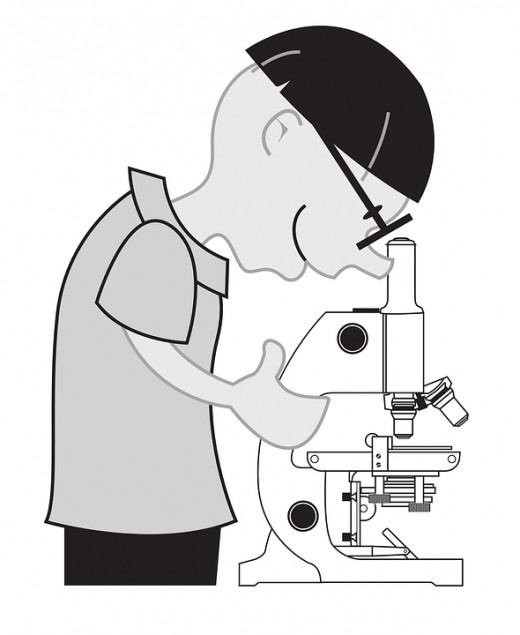Are You Teaching Your Child Right? Showing Vs. Telling

Suppose you are in a big convenience store and you can’t find an item. You find an attendant and ask him for the location of that item. He politely directs you, ‘Third rack and second shelf to the extreme left, sir.’ Upon reaching the directed location you are still unable to find what you are looking for. This time you find another attendant and ask him about the item. He takes you to the shelf, points at the object, you pick the object up, take it to the cash counter, pay for it and you go home happy.
Next time whenever you can’t find an object which attendant would you be looking for? Definitely, the second one. This, my friends, is the difference between showing and telling. The first one only told you where the object was kept whereas the second one showed you the object. Everyone seeks for the people who show instead of those who just tell. The ability to show how things are done is what differentiates a great leader from just a team manager who can only tell how things are done.

Actions always speak louder than words. So if you are able to back up what you say with what you can actually do, people will follow you. It does not matter if you are leading a team or teaching a class, if you are giving an interview or training a team of managers, by showing how things are done, you will always accomplish your objective instead of just telling how things are done. One of my clients, a senior professor in an engineering college once came to me with a rather peculiar problem. He was upset because he wanted to inculcate a new habit in his students but every time he tried, he failed.

He wanted them to read more books, other than those belonging to the prescribed syllabus. I suggested him that when he reached home that night, he should take a piece of paper and start to write down as many ideas as possible, no matter how far-fetched they were and come to me with that piece of paper the next day. Next morning after the training session was over he approached me on the podium and showed his inability to come up with an innovative solution.
Which technique is used more according to you?
No problem, at least he tried. So I sat him down on one of the chairs that were now empty as the group I was training had left and asked him a simple question, ‘When you go for random and unplanned shopping spree, what is the biggest factor or the first determinant that makes you pull your hand out of your pocket and pick the item off the shelf?’ The answer was simple and we both knew it, ‘The looks of the object, of course,’ he replied. Of course, he was right. That became the basis of the solution.

I advised him that next time when he entered the class he should have a book in his hand, with a beautiful yet unique cover. It should be big and should intentionally be shown off to the students but in a nonchalant manner. He should himself read the book before talking it to the class, though.
First day when he displayed the book by carrying it to the class, he could just attract a weak murmur but nothing else. But the second day marked a breakthrough. A group of four students came up to him and asked him what the book with the attractive cover was about.

They received a simple reply from the professor, ‘Why don’t you take a look yourself?’ the students were unable to contain their enthusiasm and they pounced upon the book. That day I received a call from the happy professor saying, ‘The power of showing will always supersede the power of telling.’








